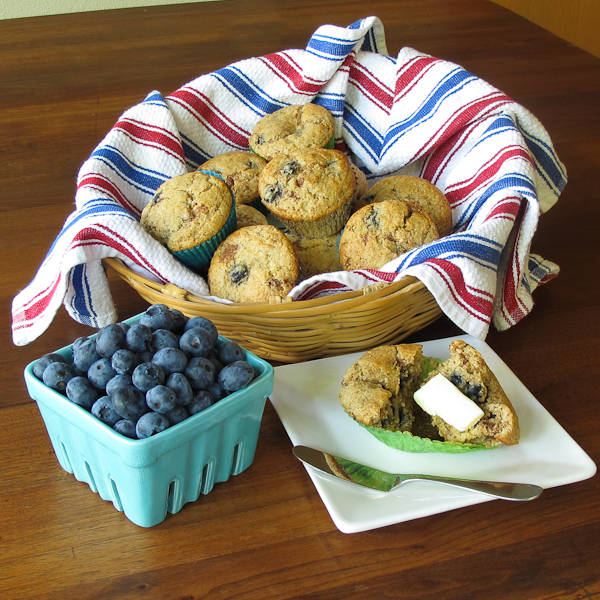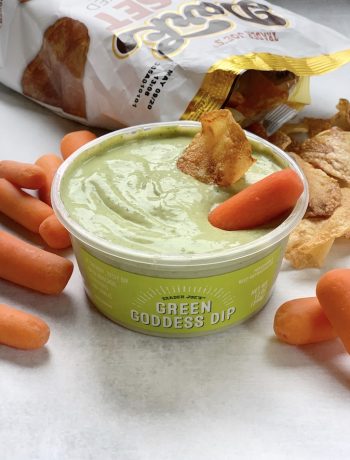I don’t typically buy green tea soba, even at the Japanese market, but when I saw it at Trader Joe’s, I figured why not. I tend to make cold noodle dishes and salads with soba, though of course you can use them in soups and stir fries. Yakisoba is basically a Japanese version of chow mein.
Here are a few ideas:
1. SOBA WITH TOFU AND SCALLIONS
It’s a riff on what we’ve always called Japanese Dinner crossed with Momofuku’s Ginger Scallion Noodles. Great on a hot summer day for a light lunch or dinner. It’s all about the dressing/sauce.

2. SOBA SALAD
It’s a traditional somen salad, just a different noodle. It shows up in Japanese American church cookbooks and Hawaii local food cookbooks, and everybody’s version varies just a little bit, because you wing it based on what you have. Some people also add kamaboko sliced into strips, but I’m not a huge fan, so I skipped it. The styling for this one comes from Alana Kysar’s Aloha Kitchen, a great cookbook focused on (Hawaii) local food.
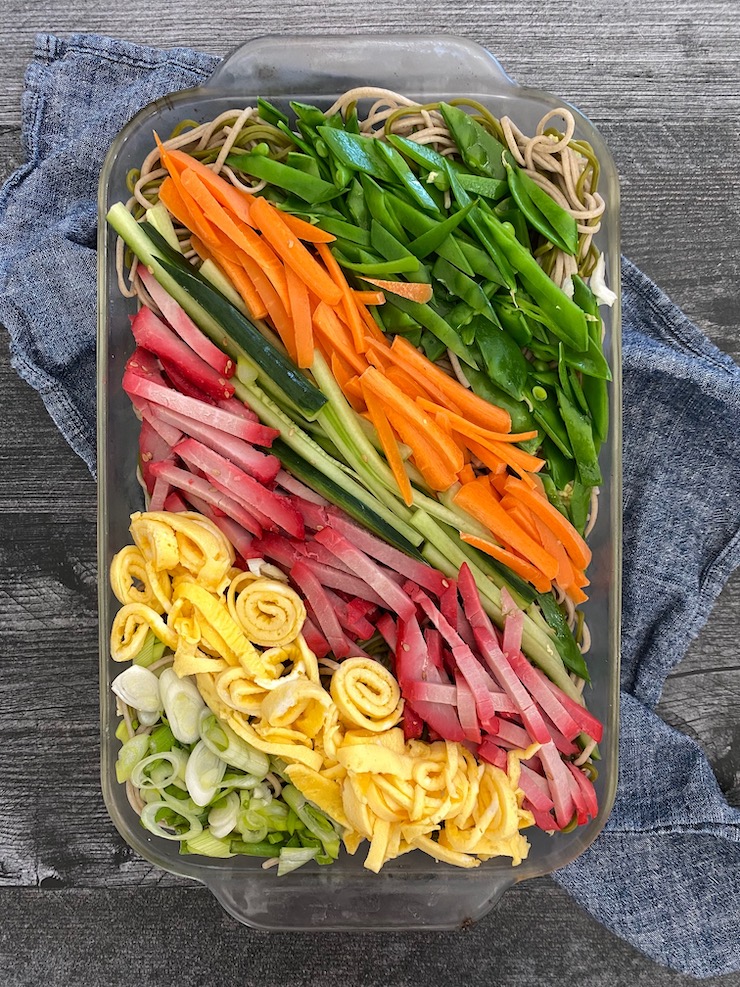
Thinly sliced nappa cabbage (or lettuce) is layered in the dish first, topped with a mix of boiled and cooled soba (50/50 matcha and regular for me), then add some blanched thinly sliced snow peas, julienned carrot and cucumber, char siu (or ham in a pinch), eggs fried in a thin layer and rolled, and green onions. Dress it with a mix of seasoned rice vinegar, soy sauce, sugar, and sesame oil. Serve chilled.
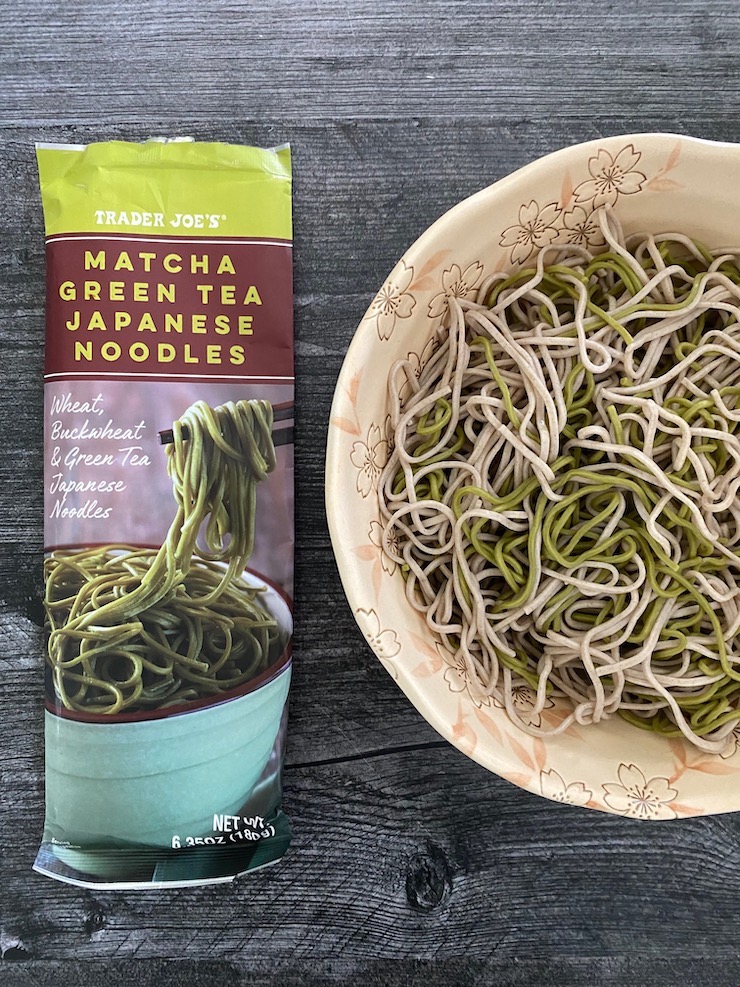
3. SUMMER CHOPPED SALAD WITH SOBA NOODLES
Edamame gives the dish a little protein and the combo of red bell pepper, cucumber, green beans and carrots have summer written all over it. Inspired by BLD, a now defunct LA restaurant, you can also make their version which had jicama and avocado in the mix, too.
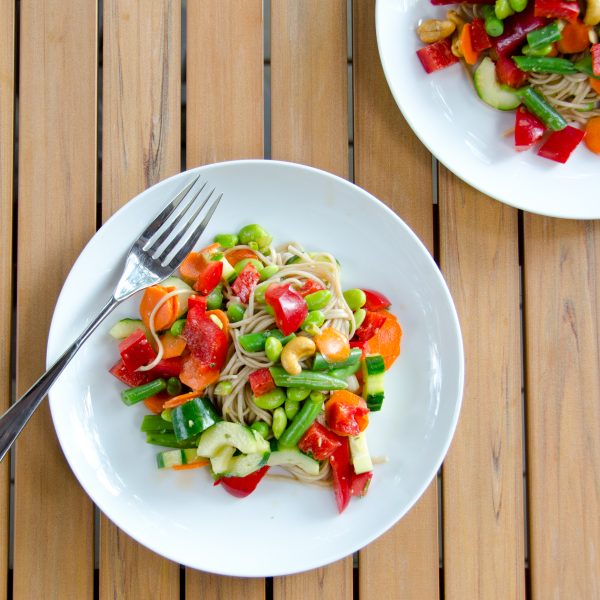
The thing about Trader Joe’s Matcha Noodles is that they’re super high in sodium compared to the ones I usually buy at my Japanese market. We’re talking 720 mg sodium in a 2 oz. serving for TJ’s, versus 0 mg in a 3 oz. serving for the Hakubaku soba in the photo below, versus 10 mg in a 3.5 oz. serving of the noodles on the far right. For me, the matcha flavor isn’t pronounced enough to warrant all the extra sodium. I’ll just stick with the plain buckwheat.
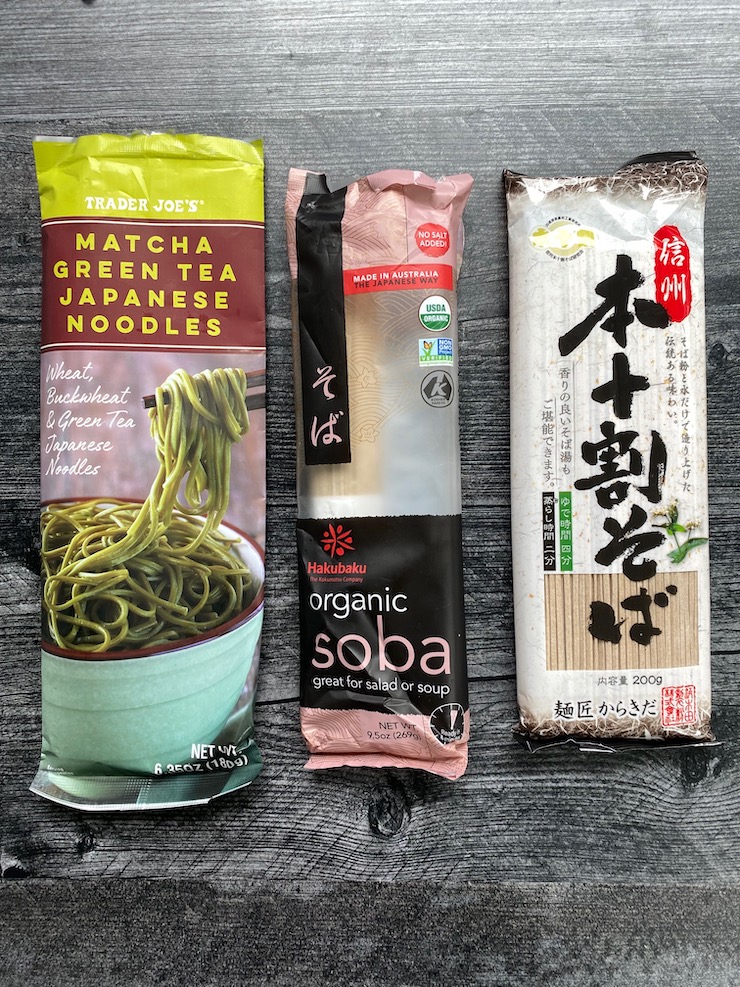
If you don’t have an Asian market near you, I’ve also found the Hakubaku brand soba (they also have dried ramen and udon) at World Market and my local PCC Markets.



